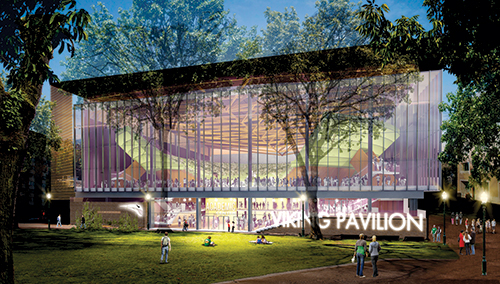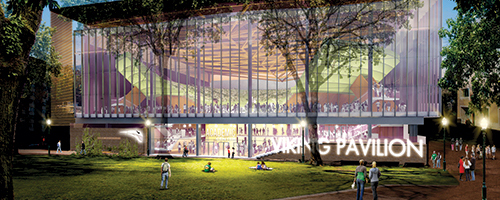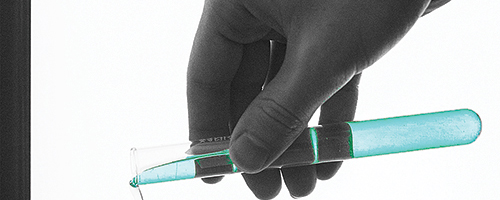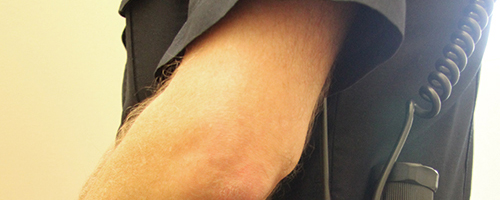Portland State has long been planning to renovate one of its most unattractive buildings. The Peter W. Stott Center, an old, leaky, cavernous athletic center built in 1964, is being redesigned to become a flashy multipurpose facility.
Stott Center renovation makes (dollars and) sense

Portland State has long been planning to renovate one of its most unattractive buildings. The Peter W. Stott Center, an old, leaky, cavernous athletic center built in 1964, is being redesigned to become a flashy multipurpose facility.
In its current state, the Stott Center, in addition to being an eyesore, contains a gym that holds fewer spectators than my relatively small high school did, and I’ve been told that leaks in the classrooms are commonplace during heavy rains.
Renovating the facility will cost around $44 million. So far, PSU has come up with $10 million but needs to raise $2 million more; $22 million will come from the state and the other $10 million from private donors. The new facility will be dubbed the Stott Educational Center, with the basketball court renamed the Viking Pavilion.
The plans to rebuild Stott have been altered recently to include an academic center below the basketball arena and an adaptable academic and gathering space for students in the concourse. According to PSU President Wim
Wiewel, roughly 75 percent of the building will be used for educational purposes.
In addition to housing educational facilities and hosting PSU’s basketball games, the new center’s state-of-the-art basketball court will be capable of converting into an event space for
symposiums, concerts, trade shows and lectures.
What interests me is that while PSU has changed the building’s proposed design, it hasn’t changed the price tag. The new plans will not require more than the previously estimated $44 million. This is a significant bonus because the combination of not having to raise more funds and the multifaceted capabilities of the building will enable PSU to rent it out to non-PSU organizations, actually helping the building pay for itself.
For instance, Oregon Health and Science University, which has already donated a cool $1 million, wishes to use the Stott Educational Center for a gathering and event space. So, before construction has even begun, organizations are expressing the desire to rent it out.
Renting out the center for conferences or symposiums will be a big money-maker, as will ticket sales from concerts, sporting events and trade shows. By doing so, the Stott Center can contribute to its cost. Because of the financial strain on the state and the need for private donations, this makes the renovation that much more appealing.
Though $44 million sounds like a ton of money to spend on what may appear to be simply an athletic center on the surface, the renovation makes financial sense. By renting it out to organizations outside of PSU, the university has found a way to better serve its students by adding the educational space to campus while avoiding raising fees and
recouping some of the construction costs.
Also, though it may sound superficial, new state-of-the-art buildings attract students to universities. Students with athletic interests may choose to attend PSU over other schools with older athletic centers. Already touting the relatively new Academic and Student Rec Center, PSU will now have two great athletic facilities to offer.
New educational facilities will serve the same function, as it may be a draw for students who are attracted to new academic amenities. By drawing new students (and their tuition money) and fielding offers from organizations already demonstrating a desire to rent out the space, the new Stott Educational Center will be worth the price tag.






